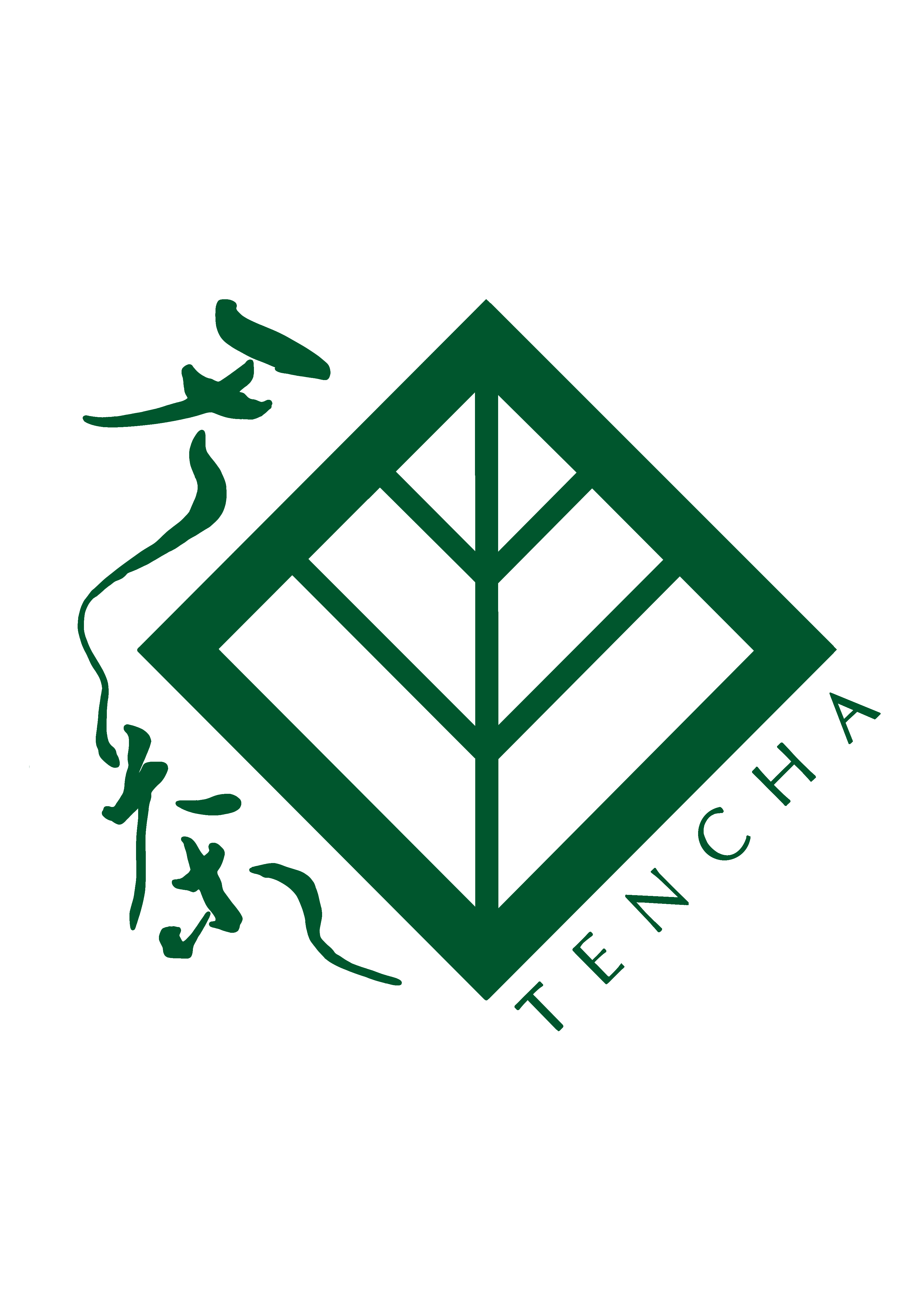
What is a Chasen?
The chasen, as we have come to know it, through the rapidly growing popularity of matcha and the Japanese tea ceremony, has a history of over 530 years. Legend has it that the form of chasen we now recognise was designed in the c.1500s by poet Takayama Soezei (-1455). Following the advice of his friend and tea practitioner, Murata Juko (1423-1502), who created the wabi-cha style of tea ceremony, which is still practised today. Chasen are an essential part of the chanoyu dogu or set of tools and utensils used by both Urasenke and Omotesenke tea practitioners to perform the tea ceremony.

Each chasen is made of a single piece of bamboo split into strands or tines. The quality of your chasen can have an impact on the quality and taste of your matcha. The number of tines can vary from 70-120, and the amount of tines dictates the type of foam you can create. Unlike mass-produced chasen, traditionally crafted bamboo chasen are made entirely by hand, without chemicals or machines. Which makes them more delicate and more flexible, as well as more durable for long-term use; they are less likely to warp or split over time, unlike mass-produced chasen. It takes 2-3 years to make a Suikaen chasen. The bamboo necessary for creating the whisks is sourced locally from the forests of Takayama and the nearby surrounding areas, which can only be harvested during the winter.


Takayama Home of the Chasen
Historically, Takayama has been a chasen-manufacturing centre, known as the only dedicated chasen-making village in Japan, for centuries. It’s where 90% of Japanese tea whisks are manufactured. It’s even said that the samurai who guarded the Todaji temple complex crafted the first chasen in Takayama 500 years ago, during the Muromachi period. At that point in time, the knowledge and techniques required could only be passed down to the family’s first-born son until 1920, after which anyone could travel to Takayama to learn the craft.

The Tanimura Family Legacy
Mr Yasaburo Tanimura took over Suikaen in c.1970. He is the 25th generation of his family to continue crafting chasen using the traditional techniques and processes handed down by his ancestors, which have remained unchanged for over 500 years. The Japanese Government awarded him the title of traditional Japanese Craftsman in 1975. He is one of less than twenty chasen masters in Japan and one of the few remaining heads of multigenerational families practising this craft.
The Tanimura family is one of the three remaining families granted surnames by the Tokugawa government during the Edo period (1603-1867). Therefore, Suikaen tea whisks are both a tool and an art form in and of themselves. Beyond producing chasen, Suikaen acts as a cultural guardian, preserving the traditional art and culture of the tea ceremony.


A note from Yasaburo Tanimura of Suikaen:
Japanese "hospitality" is a modest one called "wabisabi," which also appears in tea ceremony culture. When welcoming guests, we prepare with all our hearts, thinking, "What can we do to make that person happy?" However, it is the essence of "hospitality" that you should never make any claims and be considerate and considerate of others.
At the tea ceremony, the host who invites the guests expresses the spirit of "hospitality" by saying, "We want our guests to enjoy delicious tea." Rather than arranging gorgeous flowers in the alcove, a single flower is displayed in a bamboo vase to create a tasteful atmosphere.
In a tea room that is separated from daily chores, you can create a space just for enjoying tea, and the tea is made right in front of you. The tea whisk is said to influence the flavor of the tea. We would like you to experience the finger tip techniques that have been passed down through the 530 years of history that make up this tea whisk.
Takayama as a local industry. Takayama has been nurtured as a place to make tea whisks since the Muromachi period. The atmosphere of Satoyama is still the same as it was in the past, and wild birds still visit the garden all year round. Only the sound of making the tea whisk using the old-fashioned method creates a rhythmical harmony with the voices of wild birds. Local industry is composed of land, people and things, three overlapping.
I would like to convey my thoughts as a creator who must pass down the techniques inherited from my predecessors, and the role of Takayama.
Blog Author: Natalie Leon

